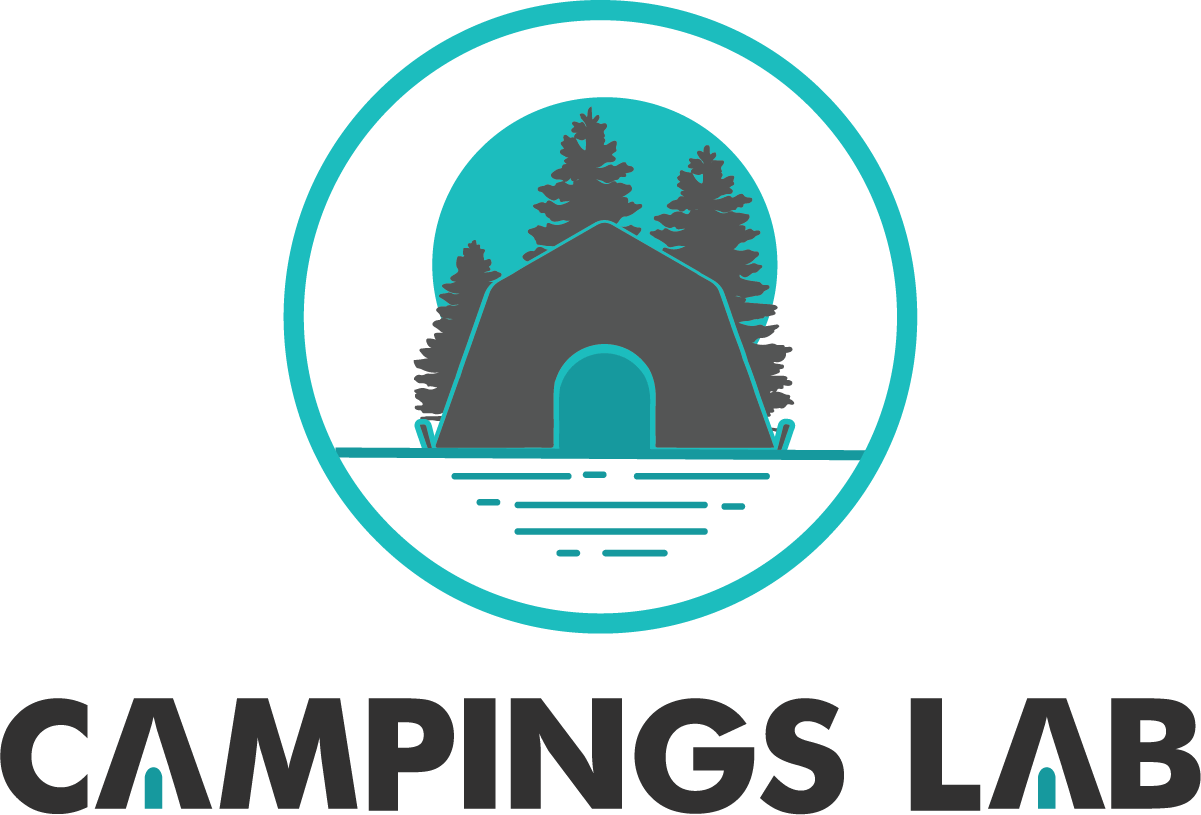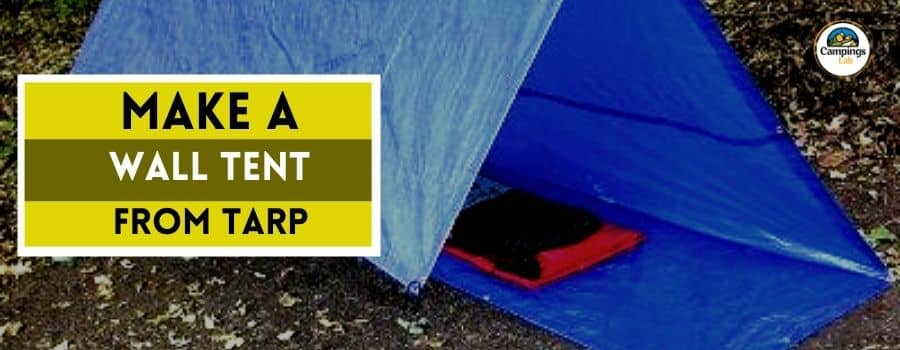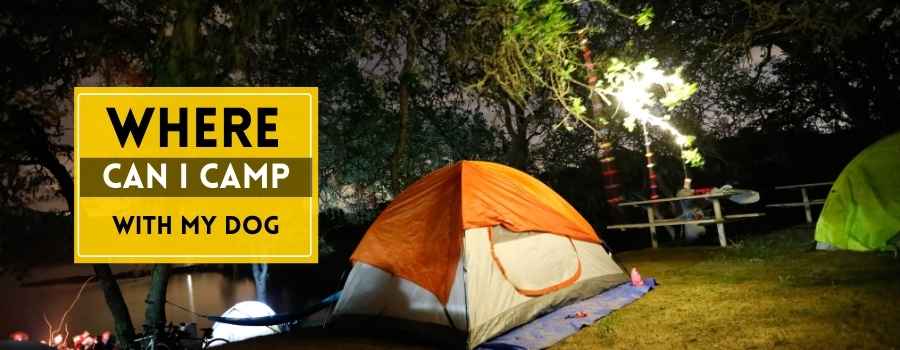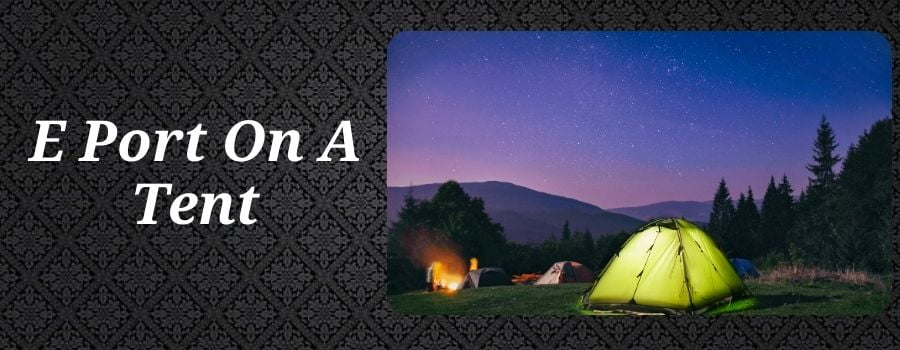Camping is one of my favorite outdoor activities. It’s like an escape from the busy city life to get close to Mother Nature. But have you ever got stuck on a cold night in your tent without any heater? Well, I have.
I prefer enjoying nature to its fullest, being away from all modern electronic devices. But this preference once put me in a big hazard when I forgot to carry my electric heater with me during camping.
I utilized some natural elements around me and found out some easy ways on how to heat a tent without electricity. Using the following methods, you can have a warm sleep in your tent without any electricity.
Page Contents
Guide On How To Heat A Tent Without Electricity
1. Buy The Right Tent
A 4-season tent is the most basic requirement for ensuring a warm atmosphere inside the tent. The best tent for winter is the 4-season (or winter) tent. It is designed to withstand harsh winds and snowfall.
Thus, the winter tent innately keeps the tent warm. It is the best choice for campers enthusiastic about adventurous camping.
2. Insulate Your Tent
A tent that is adequately insulated reflects the heat inside the tent and thus keeps it warm.
But What Is Insulation?
Insulation is the process of protecting something by interposing material that prevents heat loss. Insulation works in two ways- it does not let the heat escape from the surface and reflect the innards’ heat.
How To Insulate Your Tent?
- You can start by insulating the floor of the tent.
As the bottom is in direct contact with the cold ground, it is essential to protect the floor. You can do so by covering the base of the tent with a tent tarp or all-weather carpet. It is cheap and easy to use. The size of the tent tarp should be by the tent’s size. It will cause trouble instead of insulation if it’s too big or small in size.
- You can also use a blanket on the top of the tent tarp for more insulation and warmth. (But natural fabric blankets are heavy and require more space. That might be a problem with packing).
- You can use a mylar blanket to reduce the heat loss from your body. It reflects the radiated heat to our bodies. A mylar blanket is the most effective when wrapped loosely around the body, giving enough air space for the heat to reflect.
- After the floor, insulate the tent walls. It’s the area that gets the most contact with the cold wind outside. You can use any reflective or dry foam mate to cover those areas of the tent.
- And the last but the easiest way of insulating your tent is to buy a 4-seasons insulated tent. If you are not into DIY and prefer not wasting too much energy on your tent, you can choose to buy an already insulated tent. But yes, they don’t come cheap. A fair one can cost around 500-800 dollars.
3. Get Yourself A Portable Gas/ Propane Heater
You can find two types of heaters in the market that works on gas. One is a catalytic heater, and the other is a radiant heater. They both work on gas/propane, but I prefer the catalytic heater compared to a radiant heater.
1. Radiant Heater-
These are the traditional heaters that burn fuel to produce heat and energy. It is a cheaper heater. However, it requires the most propane and doesn’t last long. A small gas canister of the radiant heater can run only for 4 hours even when you keep it low.
2. Catalytic Heater-
Catalytic heaters work on a catalyzed chemical reaction to produce heat. A catalytic heater is expensive, but it burns more slowly than radiant heaters. It is more efficient. As a catalytic heater burns the fuel for energy only to run the process, it’s a lot safer. So, the catalytic heater is a better tent heater for me.
P.S.: Even though gas heater works the fastest, they have many drawbacks. They are never 100% safe and emits carbon monoxide. Also, the risk of an accident always prevails. So, it’s better to use it with full precaution and knowledge.
4. Dress Accordingly
None of the tools will work if we are not dressed accordingly. Our heads and feet lose heat the fastest. So, it’s important to trap the heat by wearing a balaclava or skull cap and wool made socks if it’s too cold outside.
Our hand, nose, feet, and face get cold fast as they are more exposed areas. So, make sure to cover them as well. Sleep with gloves and socks on if needed.
5. Exercise And Intake High-Calorie Meals
Both exercise and high-calorie meals increase our overall body temperature. The extra heat produced from exercise and high-calorie meals radiates from the body.
The excess heat can be trapped inside the body with warm clothes. So, ensure proper meals while camping.
6. Carry A Low Temperature Sleeping Bag
It’s useful to use sleeping bags as it traps the heat created by your body. It will also give you a warm, cozy sleep maintaining the body temperature throughout the night.
Now let’s talk about how to heat a tent without electricity utilizing elements around the camp area.
7. Use Hot Water Bottles
Did you know that vast greenhouses are heated with water and barrels? Farmers also use this technique widely.
For this, you will need some hard plastic or metal bottles. Pour some water into a pot/vessel and bring it to a boil. You will need to light up a fire for that first. Then pour the boiling water carefully into the bottles, so make sure that they are of good quality.
Keep the bottles inside your tent scattered. If done correctly, they should release heat for many hours, keeping the tent warm.
You can also take some bottles and keep them next to you. The heat radiated from them helps to keep the body warm.
8. Try Hot Rocks
Collect a fair number of rocks from the camping area. Heat the rocks with the help of a fire. Make sure to not throw the stones directly into the fire as it will be harder to take them out. Place the rocks around the campfire and let them heat.
About half an hour before you sleep, wrap them in fabric and spread them inside the tent. Keep them away from your touch.
This method works faster than the water bottle but doesn’t last long enough. The stones will get cold within 3-4 hours. However, this method is better if you are looking for a faster way to heat your tent.
9. Use Your Campfire
- You can build your tent beside your campfire to get some heat. Even though that’s not going to give the best result, people still prefer building their tent beside the campfire.
- Or you can build your tent over your campfire. Yes, you can set up your tent over your campfire.
First, dig a trench and build a campfire in it. The width of the trench should be like your tent. Once done with the campfire, fill up the trench and build your tent over it.
This should slowly release heat throughout the night and keep the tent warm. If you do this, don’t put any insulating mat on the floor as that would reflect the heat on the floor only, not on your tent.
P.S.: This method demands the sacrifice of your campfire unless you don’t have another one ready. You have to wait till night if you want to follow this method to set up the tent. That can be frustrating as you have to build up the tent in little light. But if you are okay with setting up your tent before sleep, this is a good technique.
So, you can see that electricity is not a must for camping. I am sure now you know how to heat a tent without electricity. You can use the techniques convenient for you to keep your tent warm.
Always try to maintain the balance. The night is colder, usually in all weather, so it’s essential to maintain the tent’s temperature. But don’t overdo it; else, you will end up sweating all night and have not so pleasant sleep. If it’s winter and the weather can be harsh, pack accordingly.
Maintain proper precautions and safety while using the techniques that I have mentioned earlier utilizing natural elements (water bottles and hot stones).
Camping can be a bit troublesome for the new campers. You have to know how to make the most use of everything available around you. Plenty of camping and experience can help you choose the best practices convenient for you.





Leave a Reply